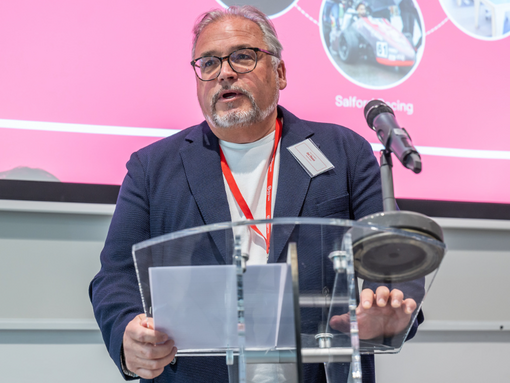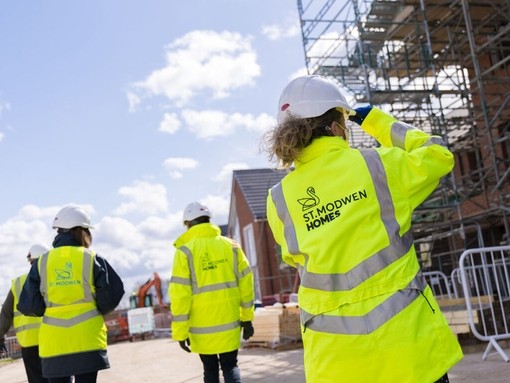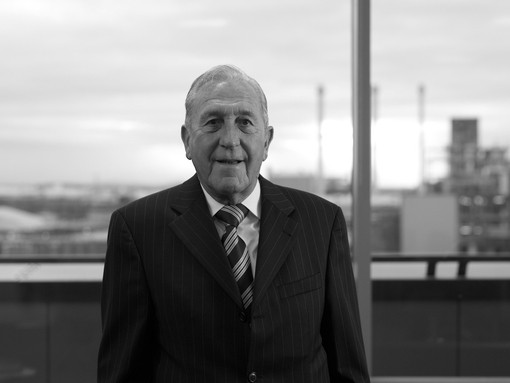
Rail Manager Graham Timbers Cycles 1,000 Miles to Raise £10,000 for Pulmonary Hypertension
On Monday 9th December 2019, Graham Timbers went into surgery for 10 hours to treat pulmonary hypertension, a potentially life-threatening illness where the blood vessels in the lungs are narrowed, blocked or destroyed.
Just nine months later, he was finishing a 1,000-mile, nine-day bike ride from Land’s End to John O’Groats to raise thousands for the Pulmonary Hypertension Association. We caught up with Graham after the ride to find out his story:
The Operation
The operation came about after 18 months of feeling ill. The diagnosis of pulmonary hypertension was finally reached in March 2019, and the medical professionals explained to Graham his options:
“They thought I was a good candidate for something called a pulmonary endarterectomy, which is an operation to remove old blood clots from the pulmonary arteries in the lungs. I’d spoken to someone who had a triple heart bypass and I thought, it can’t be worse than that. The nurse said, ‘you’re going to need to listen because it’s worse.’ But at the end of the day, you can only deal with what’s in front of you. Don’t get me wrong there were some dark times and dark thoughts, but I’ve always had the mentality of you just need to deal with and get on with it.”
The procedure is only done in one hospital in the UK (Royal Papworth at Cambridge). The hospital only performs a couple of hundred of this operation each year. Graham was put on a waiting list and then eventually, in December, the date for the operation was set.
“The operation takes about 10 hours. They have to cool your blood down to about 20 degrees. It’s a full sternotomy and you’re on a bypass machine. They leave you for a few hours while they’re cooling your blood. To access the top of the lungs they have to stop your heart for a period of time and essentially switch you off while they go in and clean. Then back on again after about 20 minutes and then off again for the other lung.
I think I was out for about 23 hours in total because of the anaesthetic. It’s a very strange recovery after that. I was in for about a week afterwards before they allowed me to go home. I was quite lucky to do that because that’s as early as anyone gets out after something like that. They make sure you can walk up a certain number of stairs without assistance and I was frustrated because when I got released, I was about to break their record on the ward!”
A 12-week recovery followed where Graham was told to do whatever he could while preparing for the fact that he got tired a lot quicker and had a much bigger appetite than normal. As Graham spent his time recovering, the early stages of the COVID-19 pandemic began to hit. It was fortunate timing, as he would have been at a much higher risk of being hit hard with coronavirus while suffering from pulmonary hypertension.
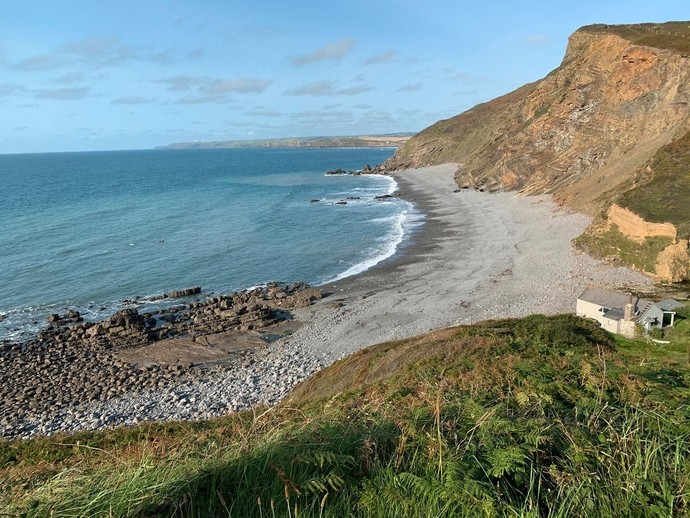
Land’s End to John O’Groats
Following his illness, Graham realised that he had a choice - he could either spend two years slowly getting his fitness back to where it was or he could set myself a target and go for it, which is what he decided to do.
“I knew I didn’t want to take a long time to recover so I decided to set myself a challenge.”
Graham set himself the target of riding from Land’s End to John O’Groats, a 1,000-mile trip most commonly completed in about 9 days. After sorting the route, there was a lot of training to be done throughout the year.
“I got back on bike about the middle of February. By the time we got to September and doing the ride, I’d already done about 5,500 miles this year. I was actually shielding during lockdown at this time so most of that was on the turbo trainer.”
Was this a big exertion for someone who was recovering from surgery?
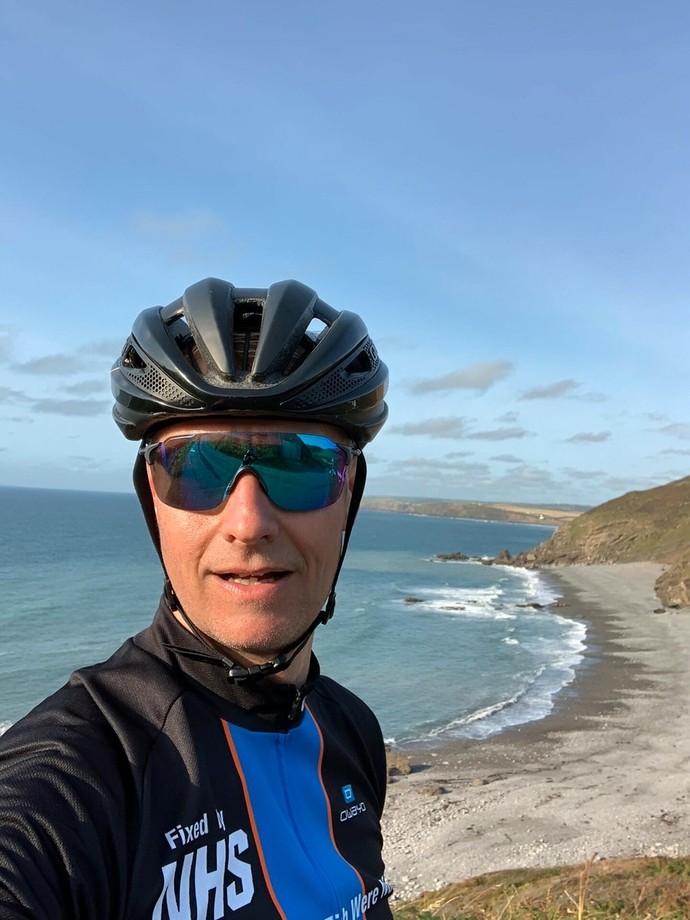
“The doctors say that your own body is the best thing to limit what you can do, both before and after.”
His route would take him from the start point to Bude, past Bristol, and up to Cheshire via Worcester. The second half of the journey took him past Preston and up to Kendall, before the long crossing into Scotland and past Edinburgh to Pitlochry. The final two days went through Inverness and then finally past Thurso to the finishing point at the northern-most tip of Scotland.
“It’s on every cyclists bucket list. The quickest most normal human being does it is in nine days which is what we did. I had a lot of annual leave spare because of being off recuperating. So me and a couple of other guys decided to do it.”
The trip went smoothly with the team making the waypoints each day in good time. Despite the mammoth journey, Graham maintained that the repetitive nature of the days tended to help keep the team energised.
“It’s a strange bike ride really because you’re doing it every day and you’re pushing yourself so hard every day, it all becomes routine. Because you don’t know what’s coming and you’re always expecting another massive climb, nobody was particularly pushing that hard. It’s not a case of just riding 25 miles to meet the van again, nobody knows what the rest of the day entails. You ride within your limits and that’s the trick. You get to the end of the day and you’re able to recover and feel OK.”
Graham and the team’s efforts have led to over £10,000 being raised for Pulmonary Hypertension Association, the only charity in the UK who is dedicated to supporting people affected by the rare disease.
As for future endeavours, Graham has his sights set on something much bigger.
“I’d really like to do a coast to coast of America, but that would take about a month. I’ll need a bit more annual leave for that!”






